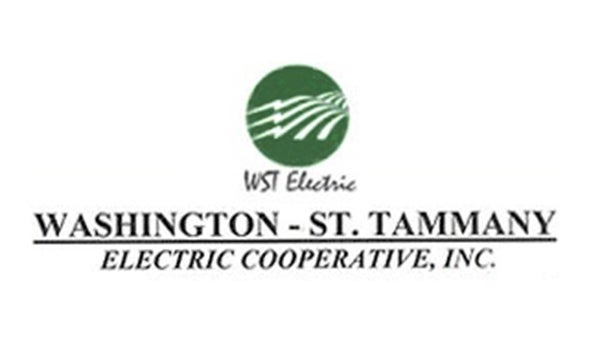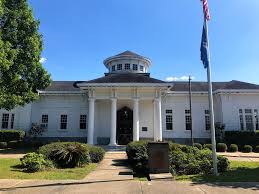WSTE launches damage assessments, more than 12,000 consumer-members without power in coverage area
Published 8:57 am Thursday, October 29, 2020
|
Getting your Trinity Audio player ready...
|
Hurricane Zeta made landfall in southeast Louisiana on Wednesday evening, causing extensive damage to the Washington-St. Tammany Electric Cooperative (WSTE) system and leaving many consumer-members without power, according to a press release from WSTE.
At the peak of the storm, WSTE reported 24 percent of its system was out of power. Approximately 12,313 meters in Washington, St. Tammany and Tangipahoa parishes were affected. Most of these outages are located in the St. Tammany area, affecting 10,799 customer-members — which is 34.76 percent of that parish.
“Hurricane Zeta came through our service territory as a Category 2 with damaging winds. In preparation for the storm, we have recruited help from our sister cooperatives in the state,” WSTE General Manager Charles Hill said. “The majority of our consumer-members that are without power are due to a damaged transmission line, we are anticipating a large number of meters to be restored as soon as that line is repaired.”
WSTE is estimating full restoration will be complete by the end of the weekend.
WSTE urges consumer-members to stay safe in the wake of the storm, as conditions remain hazardous in many areas. Consumer-members are encouraged to follow these safety tips:
- Stay away from downed wires. Always assume they are energized. Contact the co-op to report downed wires or an outage.
- Avoid flooded areas. Flooding is a major threat from Hurricane Zeta. Flash flooding can occur suddenly due to intense rainfall. Long-term flooding along rivers and streams can persist for days following a storm. When approaching water on a roadway, remember: “Don’t Drown. Turn Around.”
- Avoid crews working in the street. This will keep you and the crews safe and allow them to work on restoring your power.
- If you plan to use a portable generator, follow the manufacturer’s instructions and use only when necessary. Don’t overload it and turn it off at night when you’re asleep or if you leave your home.
- To avoid the risk of carbon monoxide poisoning, place portable generators outside in a well-ventilated area, more than 20 feet away from your home, doors and windows. Never run a generator inside, not even in your garage. Do not connect the generator directly into your home’s main fuse box or circuit panel.
- Protect food and refrigerated medicine with ice in an insulated cooler. If you are without power for more than two hours, refrigerated foods should be placed in a cooler. Foods will stay frozen for 36 to 48 hours in a fully loaded freezer if the door remains closed, and a half-full freezer will generally keep frozen foods for up to 24 hours. Check foodsafety.gov to learn more about when to throw out or keep food after a power outage.
- Turn off power to flood-prone appliances if it is safe to do so. However, if you have an electric sump pump, you should not turn off the power.
- Tune in to local news broadcasts for the latest emergency information.






